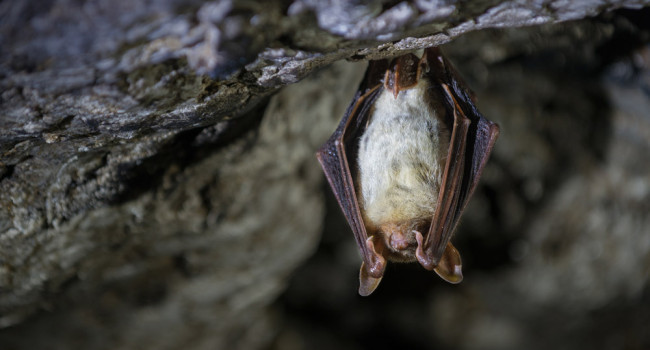Bird and biodiversity benefits of better managed landscapes
24 Apr 2024 | No. 2024-14
A new study led by the British Trust for Ornithology (BTO) examines the benefit of well-managed protected areas for declining bird populations.
Nature is declining faster than at any time in human history, with an estimated one million species across the globe currently threatened with extinction due to human activities. In December 2022, a landmark agreement called the Kunming-Montreal Global Biodiversity Framework was established by world leaders from 196 nations, to halt nature loss and prevent ecosystem collapse. One of the Framework’s key targets, known as ‘30 by 30’, was to protect 30% of the world’s land, coastal waters, and oceans by 2030. This has led to a rapid expansion in land being designated as specially protected in recent years.
We know that protected areas benefit biodiversity. It’s also true that some protected areas are in a better state than others – for example, some experience pressures from pollution, non-native species, or unsustainable practices. So, as well as designating new protected areas, we need to understand how much could be gained from managing protected areas to reduce pressures and recover from previous impacts.
In the UK, protected areas are categorised as being in favourable or unfavourable ‘condition' for biodiversity based on attributes such as habitat extent and structure, or the species present, with management generally needed to improve unfavourable sites. The BTO-led research, in partnership with the UK Centre for Ecology & Hydrology (CEH) and Joint Nature Conservation Committee (JNCC), compared protected areas that were in a favourable versus an unfavourable condition, and how breeding bird populations fared across the various types.
As expected, the areas in the best condition generally saw positive impacts for more species. For example, Common Tern, Dunlin, Tree Sparrow, Red Kite, and Swift, showed improved abundances or population trends. However, across the UK, even protected areas in poor condition allowed some scarce and specialist birds such as Cuckoo, Marsh Tit and Sand Martin to benefit to a degree, since the rare habitats on which they depend are often found only within these areas.
The findings of this research suggest that by improving protected areas in unfavourable condition we can deliver benefits to species recovery. The study highlights the importance for policy actions to include effective conservation management, as well as the provision of land itself. If biodiversity targets are to be met, the condition of the protected areas, as well as their size and number, is also important. Simply achieving the ‘30 by 30’ target, without ensuring that the areas are managed well, is unlikely to be sufficient to restore biodiversity.
Dr Caroline Brighton, BTO Research Ecologist, said “By looking at the condition of protected areas in relation to bird numbers, we were able to shed light on what we’d long suspected – the quality of the areas matters if we want to boost biodiversity. Even small well-managed sites might be considerably more productive for common birds than significantly larger areas that are in poor condition. By improving our understanding of quality over quantity we can hopefully demonstrate how protected areas might be designated and maintained in order to deliver on the ‘30 by 30’ targets in the most effective way for birds and broader biodiversity”.
Hannah Hoskins, from JNCC, said “We are interested in how best to achieve nature recovery so we need to understand how important different policies are for reaching that goal. This study provides important evidence to show that improving protected area management complements increasing the extent of protected areas, and so both will be needed to reverse biodiversity declines. It also illustrates the need to consider policy options in combination rather than individually, and the value of long-term large-scale citizen science datasets such as the Breeding Bird Survey for building this understanding”.
Diana Bowler, Interdisciplinary Ecologist at UKCEH, said “While the long-term declines of many UK species are troubling, these findings highlight the success that can be achieved when conservation action is implemented on the ground. Protected areas are a key part of this conservation action and need to be cherished for the long-term”.
To read the full paper, go to www.bto.org/pa-quality






Share this page